SEO
12 Headline Writing Tips To Drive Traffic & Clicks
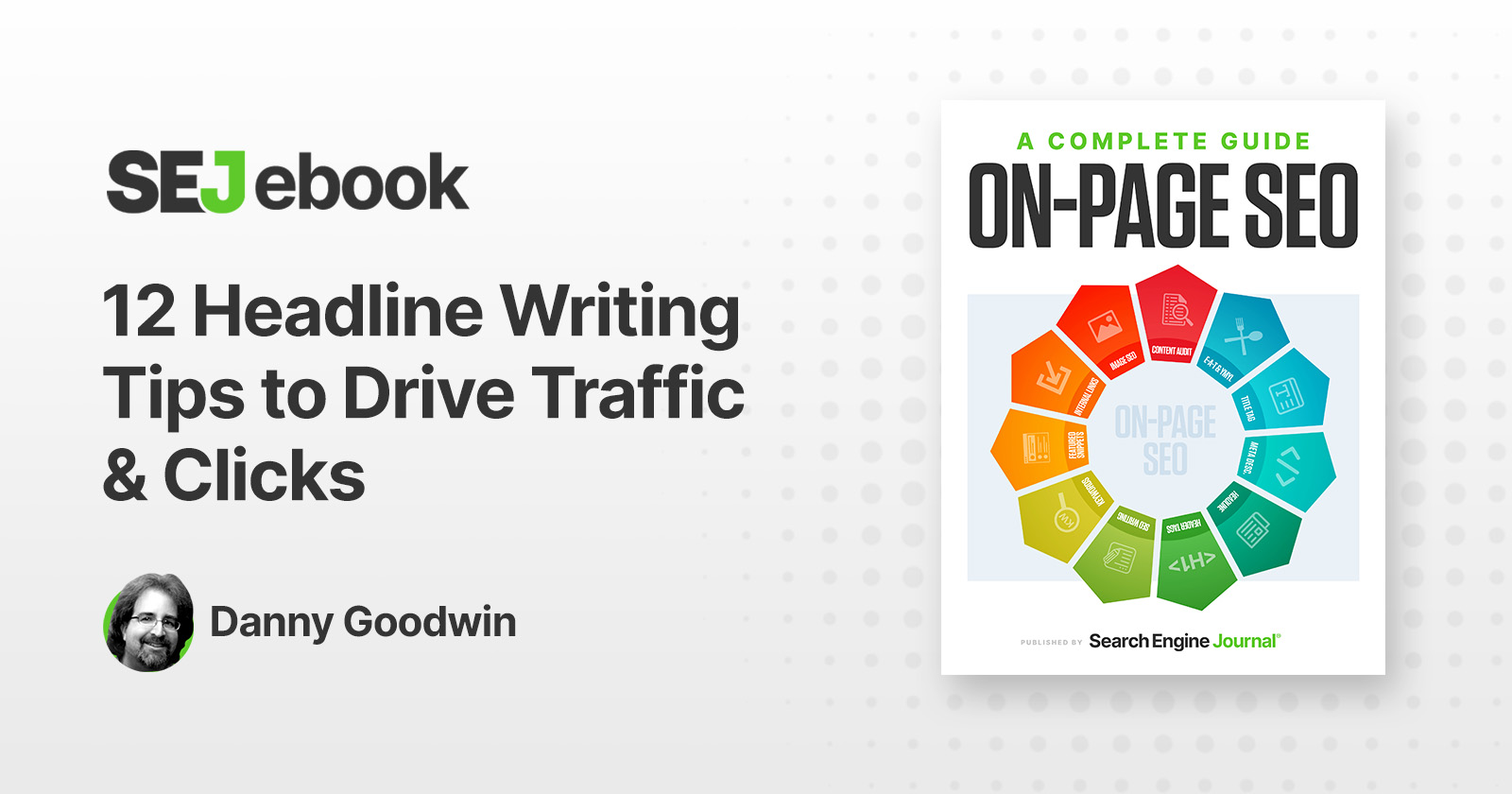
Picture this: You’ve spent hours researching and writing a phenomenal article.
Obviously, you want people to read the article since you worked so hard to create it.
But here’s the sad truth: on average, 6 out of 10 people only look at the headlines before sharing an article. And only 49% claimed to read the articles.
What is a content creator to do?
There’s a clear connection between the value and interest of an article’s headline and whether people are intrigued enough to click on it.
Writing a strong headline isn’t an exact science, but plenty of data has been compiled and studied over the years to provide some clues as to what makes a strong headline great.
Here are some headline-writing tips to win those readers over and earn more clicks.
12 Tips To Write Click-Worthy Headlines
Your headline serves the essential role of making a first impression on a potential reader.
We all know how important first impressions are.
Advertisement
Continue Reading Below
Being average isn’t better than being bad. Your headline is either exceptional, or it’s forgettable. There isn’t much gray area.
The following tips and methods below will help you turn a poor or average headline into one that earns clicks and pulls in readers.
1. Look At Google Search Results
Once you’ve researched the keyword(s) you’re planning to target, analyze the search engine results page (SERP) to see the articles you’re competing against.
How can your content stand out?
What is the user intent?
Are the top results listicles? How-to articles? Commercial content?
If you’re going to rank on Page 1, you need to have a comprehensive understanding of what kind of content is already there if you’re going to be a serious competitor.
2. Make An Emotional Connection
Emotional headlines dependably perform better than neutral ones.
Using power words to evoke emotions in your reader enhances their first impression of your content while building curiosity, dread, or anticipation to read more.
Advertisement
Continue Reading Below
The best emotional headlines target:
- Happiness.
- Love.
- Fear.
- Anger.
- Disgust.
- Affirmation.
- Hope.
However, exercise caution when using emotional headlines. You don’t want to fall into the clickbait trap of not delivering what you promised readers.
3. Use Names
For this headline trick to be successful, the names need to be well-known to your target audience.
Brand names can be just as powerful as people.
For example, when targeting SEO topics, using “Google” in your headline will bring in clicks, as will using “John Mueller.”
These are widely recognized brands and figures within the industry.
The names you choose to feature in your headline should be tailored to your specific brand niche.
4. Use Numbers
Numbers are natural eye-catchers.
In an endless sea of words, numbers snag our attention and make us pause. We remember numbers because they help our brain organize information.
Use the power of listicles and numbers to beat your SERP competitors.
5. Make The Benefits To Your Reader Clear
When a reader is deciding whether or not to click on an article, the question they’re asking themselves is, “What do I get out of this?”
Your headline should indicate the value a reader can expect from clicking through and reading it.
High-performing content serves one or more of these purposes:
Advertisement
Continue Reading Below
- Entertain.
- Engage.
- Empower.
- Enrich.
- Educate.
- Inform.
- Inspire.
- Answer a question.
- Provide a solution.
When a reader decides to click on your article and invest their time and attention, they’ve already set expectations based on the benefit your headline promised.
Make your reader benefit clear, but don’t overpromise.
 Screenshot taken by author on July, 2021
Screenshot taken by author on July, 20216. Optimize For Humans And Search
Your first priority is optimizing so your human audience will find your content and want to click on it.
Your second priority is optimizing for search engines, especially Google.
Advertisement
Continue Reading Below
The good news is, humans and search engines can generally agree on what they like to read, including content that is:
- Accurate.
- Comprehensive.
- Credible.
- Engaging.
- High-Quality.
- Informative.
- Specific.
- Unique.
- Useful.
- Valuable.
Be sure to include your primary keyword in the title to optimize it for Google and help people find your content when searching for the topic.
If you’re in need of inspiration, check out free title generator tools to help you write a better headline.
Keep in mind, though, that these tools don’t know your audience as well as you do, and just because a headline was generated automatically doesn’t mean it’s the most advanced for SEO.
These free tools are best used for idea generation and analysis, not a replacement for a human-created headline.
If you’re using WordPress, tools such as AIOSEO and Yoast are great SEO-based plugins that will give you a built-in analysis of your headline SEO rating (as well as the post as a whole).
Advertisement
Continue Reading Below
They’ll also give you suggestions to help you improve your rating, as you can see with AIOSEO below:
 Screenshot taken by author on July, 2021
Screenshot taken by author on July, 20217. Write Multiple Headlines
Chances are, the first headline you come up with isn’t going to be gold.
And that’s okay! In fact, it’s normal.
Some people advise writing 10 or more headlines per content piece and then selecting the best option.
Write a variety of headlines targeting different formulas. Don’t just swap the word order.
Advertisement
Continue Reading Below
Try targeting different emotions, points of view, and styles, such as:
- Humorous.
- Upbeat.
- Unexpected.
- Witty wordplay.
- Numerical.
- Question.
- Thought-provoking.
- First-person (I).
- Second-person (you/yours).
- Third-person (he/she/they/them).
Use headline analysis tools to keep track of SEO ratings for each option when you’re making your decision.
8. Test Your Headlines
Click data doesn’t lie, but your brain does!
Don’t be too mad at your brain – we’re all biased. Our brains convince us that we’re clever and creative, and of course, all of our headlines are genius.
But plenty of imaginative headlines never get a single click.
Despite what your brain thinks, the people bypassing your article aren’t to blame. It’s the headline.
Eliminate the bias by relying on quantitative data instead of your opinions and feelings.
9. Experiment With Headlines, Too
There’s an art to writing click-worthy headlines, and it does take some practice to make the task feel natural.
Advertisement
Continue Reading Below
If you’ve followed every rule and still aren’t finding success, don’t be afraid to throw the rulebook out the window and go with your gut.
What kinds of headlines interest you? Go from there.
10. Follow Formulas
Even though there’s an art to crafting headlines, it’s important to keep in mind that your headline isn’t a whimsical creative writing assignment – it’s a science.
No, really.
Headline-writing formulas exist because they work. They’ve been tested over and over again to measure click-through rates.
Understandingly, this begs the question, “If everyone is using the same formulas, how can I make my headlines stand out from the crowd?”
The best advice is to create your own formulas by tweaking others and then testing your click-through rate (CTR) to find the ones that work best for you and your brand.
11. Should You Be Careful with Question Headlines?
Yes.
Question headlines can be an effective tool to spark reader curiosity, but they come with a warning label:
Advertisement
Continue Reading Below
- Don’t ask a question that has an obvious answer. Nobody is going to read your content.
- Make sure you actually answer the question in the article. Don’t cop out and waste the reader’s time!
- Your answer should be better than other existing content that poses the same question.
- Be cautious about withholding information. Your content will come across as clickbait if you do.
- If the answer to your question is yes or no, don’t ask the question in the headline.
In most cases, you can write a more compelling headline that isn’t formatted into a question.
12. Be Positive
There’s enough negativity in the world without adding more gasoline to the fire.
Your primary goal should be to help your target audience, whether you’re providing useful information, solving a problem, answering a question, or entertaining your readers.
With that said, some brands want to be associated with negativity. Sparking controversy and getting people riled up does create a strong emotional response, albeit not a positive one.
It all depends on your brand image and the message you want to convey to your audience.
Write Compelling Headlines That Win Readers
If you’re going to break that 6 out of ten reading statistic, your headlines need to raise the stakes.
Advertisement
Continue Reading Below
That’s going to require a lot of trial and error.
Even if you follow every piece of advice in this article, that isn’t a surefire formula for success every single time.
Pay attention to your audience within your specific niche. What are they clicking on? Which headlines are piquing their interest? Which ones aren’t?
Just like every other type of content marketing strategy, follow-up data and analysis are critical to understanding how to best target your specific audience.
Image Credits
Featured Image: Paulo Bobita/Search Engine Journal
All screenshots taken by author
SEO
Google On Hyphens In Domain Names
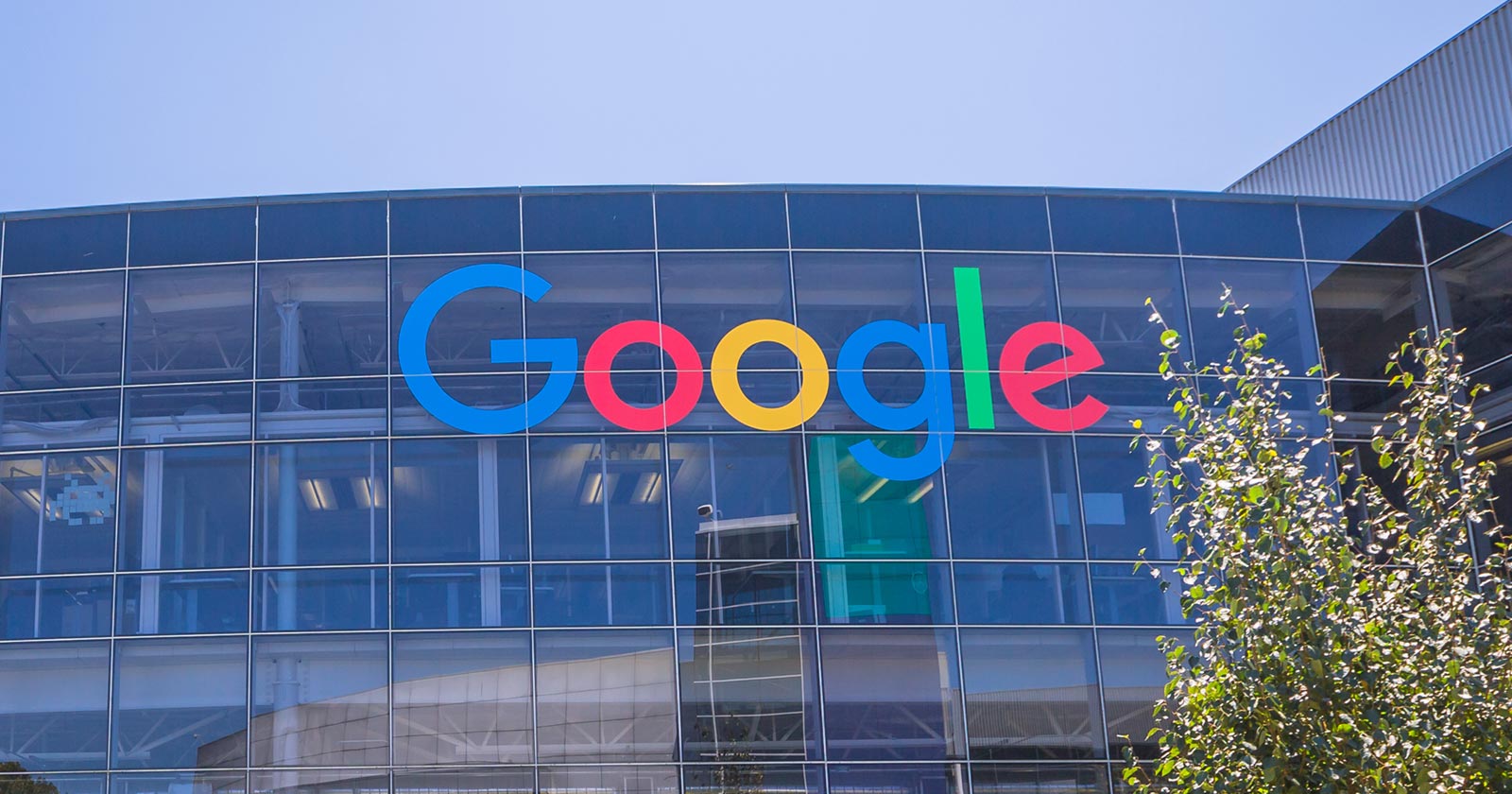
Google’s John Mueller answered a question on Reddit about why people don’t use hyphens with domains and if there was something to be concerned about that they were missing.
Domain Names With Hyphens For SEO
I’ve been working online for 25 years and I remember when using hyphens in domains was something that affiliates did for SEO when Google was still influenced by keywords in the domain, URL, and basically keywords anywhere on the webpage. It wasn’t something that everyone did, it was mainly something that was popular with some affiliate marketers.
Another reason for choosing domain names with keywords in them was that site visitors tended to convert at a higher rate because the keywords essentially prequalified the site visitor. I know from experience how useful two-keyword domains (and one word domain names) are for conversions, as long as they didn’t have hyphens in them.
A consideration that caused hyphenated domain names to fall out of favor is that they have an untrustworthy appearance and that can work against conversion rates because trustworthiness is an important factor for conversions.
Lastly, hyphenated domain names look tacky. Why go with tacky when a brandable domain is easier for building trust and conversions?
Domain Name Question Asked On Reddit
This is the question asked on Reddit:
“Why don’t people use a lot of domains with hyphens? Is there something concerning about it? I understand when you tell it out loud people make miss hyphen in search.”
And this is Mueller’s response:
“It used to be that domain names with a lot of hyphens were considered (by users? or by SEOs assuming users would? it’s been a while) to be less serious – since they could imply that you weren’t able to get the domain name with fewer hyphens. Nowadays there are a lot of top-level-domains so it’s less of a thing.
My main recommendation is to pick something for the long run (assuming that’s what you’re aiming for), and not to be overly keyword focused (because life is too short to box yourself into a corner – make good things, course-correct over time, don’t let a domain-name limit what you do online). The web is full of awkward, keyword-focused short-lived low-effort takes made for SEO — make something truly awesome that people will ask for by name. If that takes a hyphen in the name – go for it.”
Pick A Domain Name That Can Grow
Mueller is right about picking a domain name that won’t lock your site into one topic. When a site grows in popularity the natural growth path is to expand the range of topics the site coves. But that’s hard to do when the domain is locked into one rigid keyword phrase. That’s one of the downsides of picking a “Best + keyword + reviews” domain, too. Those domains can’t grow bigger and look tacky, too.
That’s why I’ve always recommended brandable domains that are memorable and encourage trust in some way.
Read the post on Reddit:
Read Mueller’s response here.
Featured Image by Shutterstock/Benny Marty
SEO
Reddit Post Ranks On Google In 5 Minutes

Google’s Danny Sullivan disputed the assertions made in a Reddit discussion that Google is showing a preference for Reddit in the search results. But a Redditor’s example proves that it’s possible for a Reddit post to rank in the top ten of the search results within minutes and to actually improve rankings to position #2 a week later.
Discussion About Google Showing Preference To Reddit
A Redditor (gronetwork) complained that Google is sending so many visitors to Reddit that the server is struggling with the load and shared an example that proved that it can only take minutes for a Reddit post to rank in the top ten.
That post was part of a 79 post Reddit thread where many in the r/SEO subreddit were complaining about Google allegedly giving too much preference to Reddit over legit sites.
The person who did the test (gronetwork) wrote:
“…The website is already cracking (server down, double posts, comments not showing) because there are too many visitors.
…It only takes few minutes (you can test it) for a post on Reddit to appear in the top ten results of Google with keywords related to the post’s title… (while I have to wait months for an article on my site to be referenced). Do the math, the whole world is going to spam here. The loop is completed.”
Reddit Post Ranked Within Minutes
Another Redditor asked if they had tested if it takes “a few minutes” to rank in the top ten and gronetwork answered that they had tested it with a post titled, Google SGE Review.
gronetwork posted:
“Yes, I have created for example a post named “Google SGE Review” previously. After less than 5 minutes it was ranked 8th for Google SGE Review (no quotes). Just after Washingtonpost.com, 6 authoritative SEO websites and Google.com’s overview page for SGE (Search Generative Experience). It is ranked third for SGE Review.”
It’s true, not only does that specific post (Google SGE Review) rank in the top 10, the post started out in position 8 and it actually improved ranking, currently listed beneath the number one result for the search query “SGE Review”.
Screenshot Of Reddit Post That Ranked Within Minutes
Anecdotes Versus Anecdotes
Okay, the above is just one anecdote. But it’s a heck of an anecdote because it proves that it’s possible for a Reddit post to rank within minutes and get stuck in the top of the search results over other possibly more authoritative websites.
hankschrader79 shared that Reddit posts outrank Toyota Tacoma forums for a phrase related to mods for that truck.
Google’s Danny Sullivan responded to that post and the entire discussion to dispute that Reddit is not always prioritized over other forums.
Danny wrote:
“Reddit is not always prioritized over other forums. [super vhs to mac adapter] I did this week, it goes Apple Support Community, MacRumors Forum and further down, there’s Reddit. I also did [kumo cloud not working setup 5ghz] recently (it’s a nightmare) and it was the Netgear community, the SmartThings Community, GreenBuildingAdvisor before Reddit. Related to that was [disable 5g airport] which has Apple Support Community above Reddit. [how to open an 8 track tape] — really, it was the YouTube videos that helped me most, but it’s the Tapeheads community that comes before Reddit.
In your example for [toyota tacoma], I don’t even get Reddit in the top results. I get Toyota, Car & Driver, Wikipedia, Toyota again, three YouTube videos from different creators (not Toyota), Edmunds, a Top Stories unit. No Reddit, which doesn’t really support the notion of always wanting to drive traffic just to Reddit.
If I guess at the more specific query you might have done, maybe [overland mods for toyota tacoma], I get a YouTube video first, then Reddit, then Tacoma World at third — not near the bottom. So yes, Reddit is higher for that query — but it’s not first. It’s also not always first. And sometimes, it’s not even showing at all.”
hankschrader79 conceded that they were generalizing when they wrote that Google always prioritized Reddit. But they also insisted that that didn’t diminish what they said is a fact that Google’s “prioritization” forum content has benefitted Reddit more than actual forums.
Why Is The Reddit Post Ranked So High?
It’s possible that Google “tested” that Reddit post in position 8 within minutes and that user interaction signals indicated to Google’s algorithms that users prefer to see that Reddit post. If that’s the case then it’s not a matter of Google showing preference to Reddit post but rather it’s users that are showing the preference and the algorithm is responding to those preferences.
Nevertheless, an argument can be made that user preferences for Reddit can be a manifestation of Familiarity Bias. Familiarity Bias is when people show a preference for things that are familiar to them. If a person is familiar with a brand because of all the advertising they were exposed to then they may show a bias for the brand products over unfamiliar brands.
Users who are familiar with Reddit may choose Reddit because they don’t know the other sites in the search results or because they have a bias that Google ranks spammy and optimized websites and feel safer reading Reddit.
Google may be picking up on those user interaction signals that indicate a preference and satisfaction with the Reddit results but those results may simply be biases and not an indication that Reddit is trustworthy and authoritative.
Is Reddit Benefiting From A Self-Reinforcing Feedback Loop?
It may very well be that Google’s decision to prioritize user generated content may have started a self-reinforcing pattern that draws users in to Reddit through the search results and because the answers seem plausible those users start to prefer Reddit results. When they’re exposed to more Reddit posts their familiarity bias kicks in and they start to show a preference for Reddit. So what could be happening is that the users and Google’s algorithm are creating a self-reinforcing feedback loop.
Is it possible that Google’s decision to show more user generated content has kicked off a cycle where more users are exposed to Reddit which then feeds back into Google’s algorithm which in turn increases Reddit visibility, regardless of lack of expertise and authoritativeness?
Featured Image by Shutterstock/Kues
SEO
WordPress Releases A Performance Plugin For “Near-Instant Load Times”

WordPress released an official plugin that adds support for a cutting edge technology called speculative loading that can help boost site performance and improve the user experience for site visitors.
Speculative Loading
Rendering means constructing the entire webpage so that it instantly displays (rendering). When your browser downloads the HTML, images, and other resources and puts it together into a webpage, that’s rendering. Prerendering is putting that webpage together (rendering it) in the background.
What this plugin does is to enable the browser to prerender the entire webpage that a user might navigate to next. The plugin does that by anticipating which webpage the user might navigate to based on where they are hovering.
Chrome lists a preference for only prerendering when there is an at least 80% probability of a user navigating to another webpage. The official Chrome support page for prerendering explains:
“Pages should only be prerendered when there is a high probability the page will be loaded by the user. This is why the Chrome address bar prerendering options only happen when there is such a high probability (greater than 80% of the time).
There is also a caveat in that same developer page that prerendering may not happen based on user settings, memory usage and other scenarios (more details below about how analytics handles prerendering).
The Speculative Loading API solves a problem that previous solutions could not because in the past they were simply prefetching resources like JavaScript and CSS but not actually prerendering the entire webpage.
The official WordPress announcement explains it like this:
Introducing the Speculation Rules API
The Speculation Rules API is a new web API that solves the above problems. It allows defining rules to dynamically prefetch and/or prerender URLs of certain structure based on user interaction, in JSON syntax—or in other words, speculatively preload those URLs before the navigation. This API can be used, for example, to prerender any links on a page whenever the user hovers over them.”
The official WordPress page about this new functionality describes it:
“The Speculation Rules API is a new web API… It allows defining rules to dynamically prefetch and/or prerender URLs of certain structure based on user interaction, in JSON syntax—or in other words, speculatively preload those URLs before the navigation.
This API can be used, for example, to prerender any links on a page whenever the user hovers over them. Also, with the Speculation Rules API, “prerender” actually means to prerender the entire page, including running JavaScript. This can lead to near-instant load times once the user clicks on the link as the page would have most likely already been loaded in its entirety. However that is only one of the possible configurations.”
The new WordPress plugin adds support for the Speculation Rules API. The Mozilla developer pages, a great resource for HTML technical understanding describes it like this:
“The Speculation Rules API is designed to improve performance for future navigations. It targets document URLs rather than specific resource files, and so makes sense for multi-page applications (MPAs) rather than single-page applications (SPAs).
The Speculation Rules API provides an alternative to the widely-available <link rel=”prefetch”> feature and is designed to supersede the Chrome-only deprecated <link rel=”prerender”> feature. It provides many improvements over these technologies, along with a more expressive, configurable syntax for specifying which documents should be prefetched or prerendered.”
See also: Are Websites Getting Faster? New Data Reveals Mixed Results
Performance Lab Plugin
The new plugin was developed by the official WordPress performance team which occasionally rolls out new plugins for users to test ahead of possible inclusion into the actual WordPress core. So it’s a good opportunity to be first to try out new performance technologies.
The new WordPress plugin is by default set to prerender “WordPress frontend URLs” which are pages, posts, and archive pages. How it works can be fine-tuned under the settings:
Settings > Reading > Speculative Loading
Browser Compatibility
The Speculative API is supported by Chrome 108 however the specific rules used by the new plugin require Chrome 121 or higher. Chrome 121 was released in early 2024.
Browsers that do not support will simply ignore the plugin and will have no effect on the user experience.
Check out the new Speculative Loading WordPress plugin developed by the official core WordPress performance team.
How Analytics Handles Prerendering
A WordPress developer commented with a question asking how Analytics would handle prerendering and someone else answered that it’s up to the Analytics provider to detect a prerender and not count it as a page load or site visit.
Fortunately both Google Analytics and Google Publisher Tags (GPT) both are able to handle prerenders. The Chrome developers support page has a note about how analytics handles prerendering:
“Google Analytics handles prerender by delaying until activation by default as of September 2023, and Google Publisher Tag (GPT) made a similar change to delay triggering advertisements until activation as of November 2023.”
Possible Conflict With Ad Blocker Extensions
There are a couple things to be aware of about this plugin, aside from the fact that it’s an experimental feature that requires Chrome 121 or higher.
A comment by a WordPress plugin developer that this feature may not work with browsers that are using the uBlock Origin ad blocking browser extension.
Download the plugin:
Speculative Loading Plugin by the WordPress Performance Team
Read the announcement at WordPress
Speculative Loading in WordPress
See also: WordPress, Wix & Squarespace Show Best CWV Rate Of Improvement
-

 WORDPRESS7 days ago
WORDPRESS7 days ago10 WordPress Influencers to Follow in 2024 – WordPress.com News
-

 SEARCHENGINES7 days ago
SEARCHENGINES7 days agoGoogle Image Search Adds Pixel Level Object Segmentation Animation
-
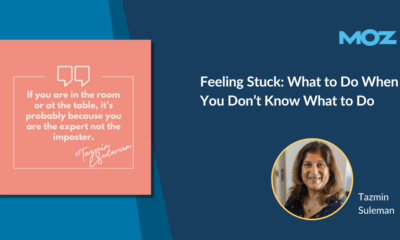
 MARKETING7 days ago
MARKETING7 days agoFeeling Stuck: What to Do When You Don’t Know What to Do
-

 PPC5 days ago
PPC5 days agoA History of Google AdWords and Google Ads: Revolutionizing Digital Advertising & Marketing Since 2000
-

 PPC6 days ago
PPC6 days agoCompetitor Monitoring: 7 ways to keep watch on the competition
-

 SEARCHENGINES6 days ago
SEARCHENGINES6 days agoMore Google March 2024 Core Update Ranking Volatility
-

 PPC6 days ago
PPC6 days ago31 Ready-to-Go Mother’s Day Messages for Social Media, Email, & More
-

 WORDPRESS6 days ago
WORDPRESS6 days agoThrive Architect vs Divi vs Elementor



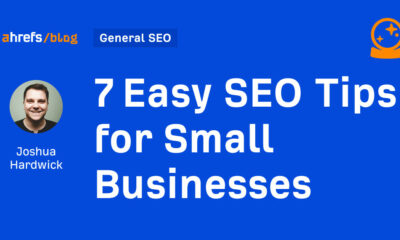

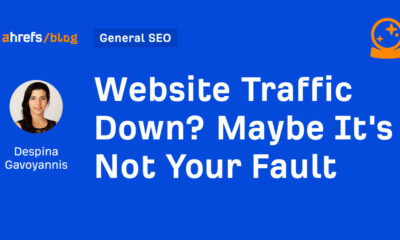



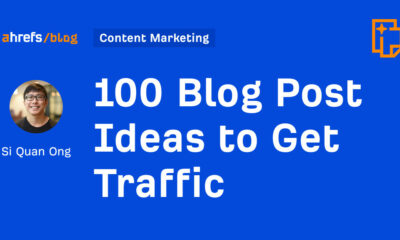





You must be logged in to post a comment Login